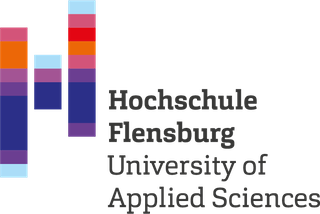Prospects of multivariable feedforward control of wind turbines using lidar
Schlipf, D. (2016). Prospects of multivariable feedforward control of wind turbines using lidar. In American Control Conference. Boston, MA, USA. http://doi.org/10.1109/acc.2016.7525112 (Original work published 2025)
